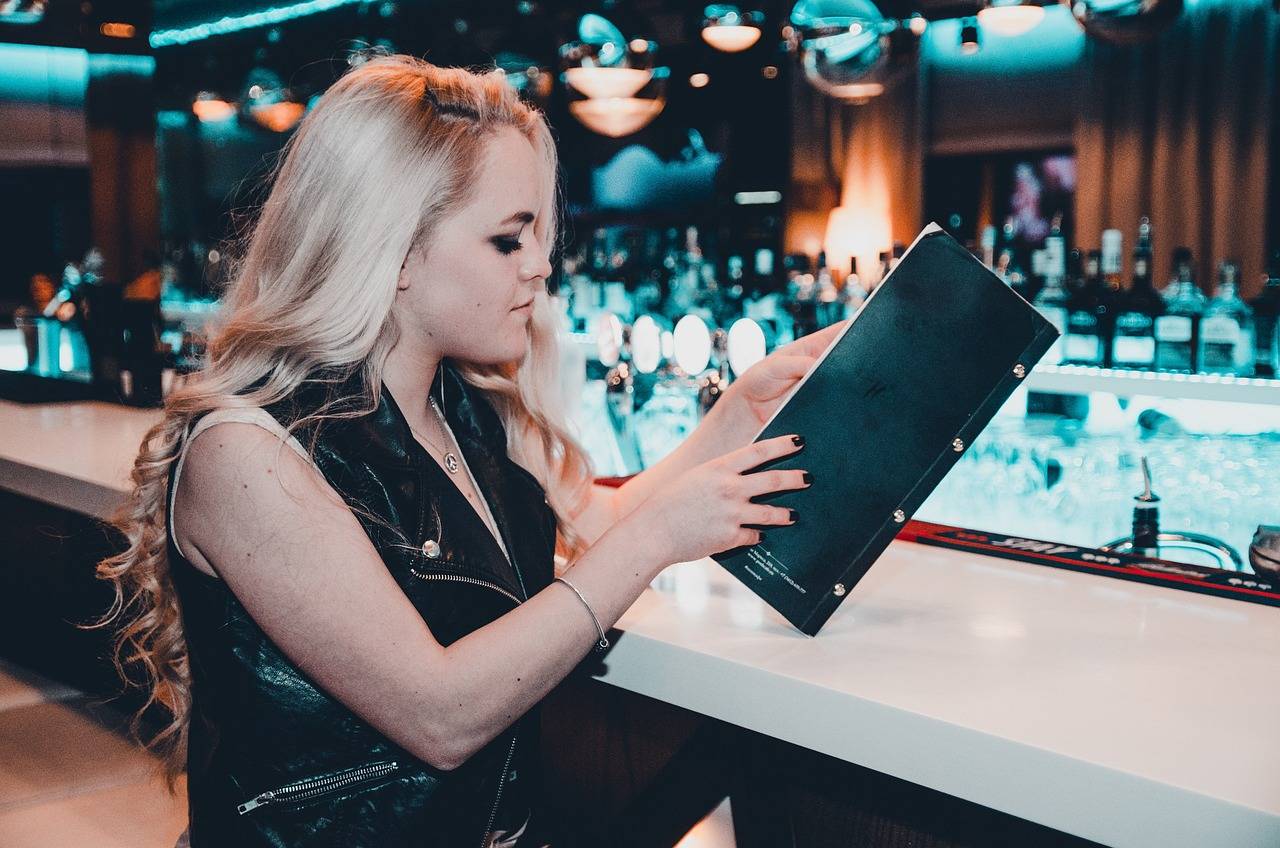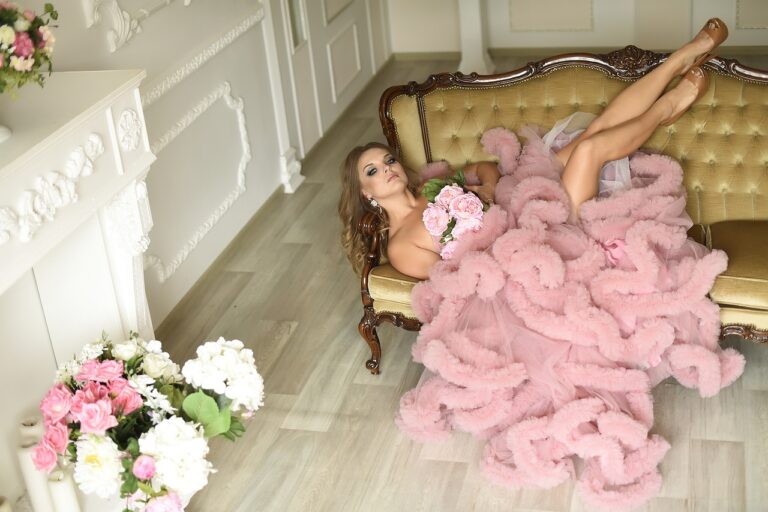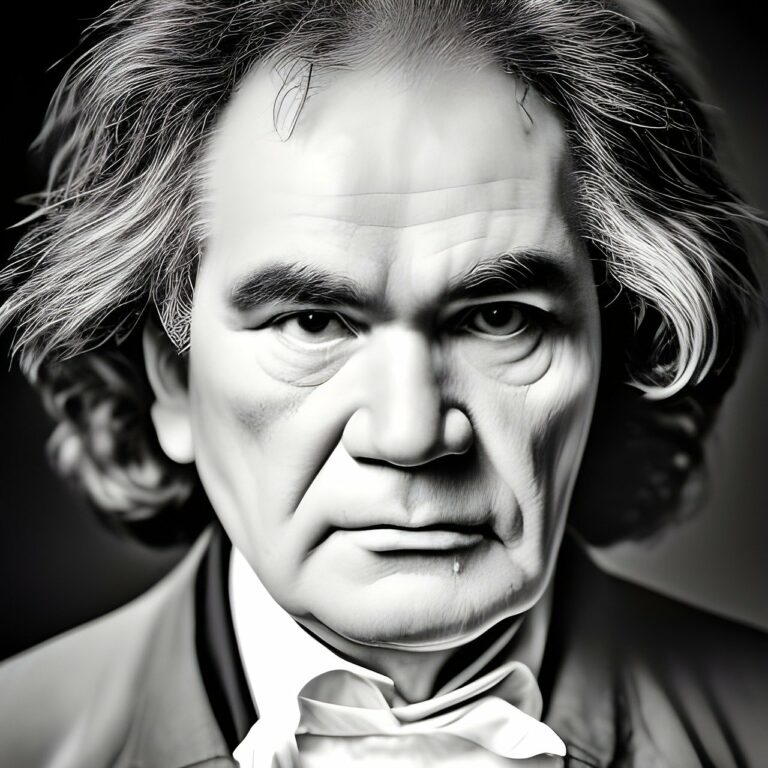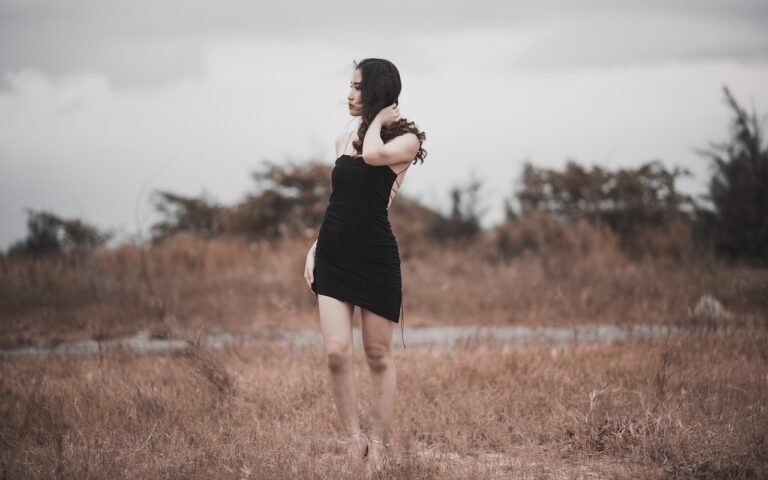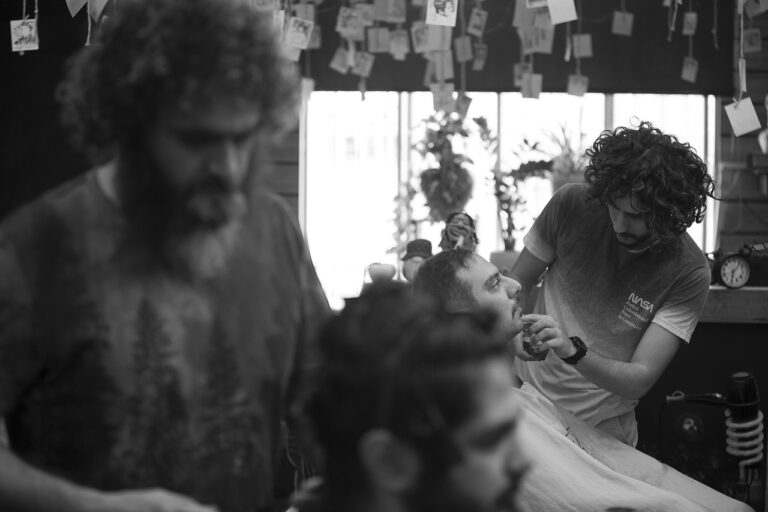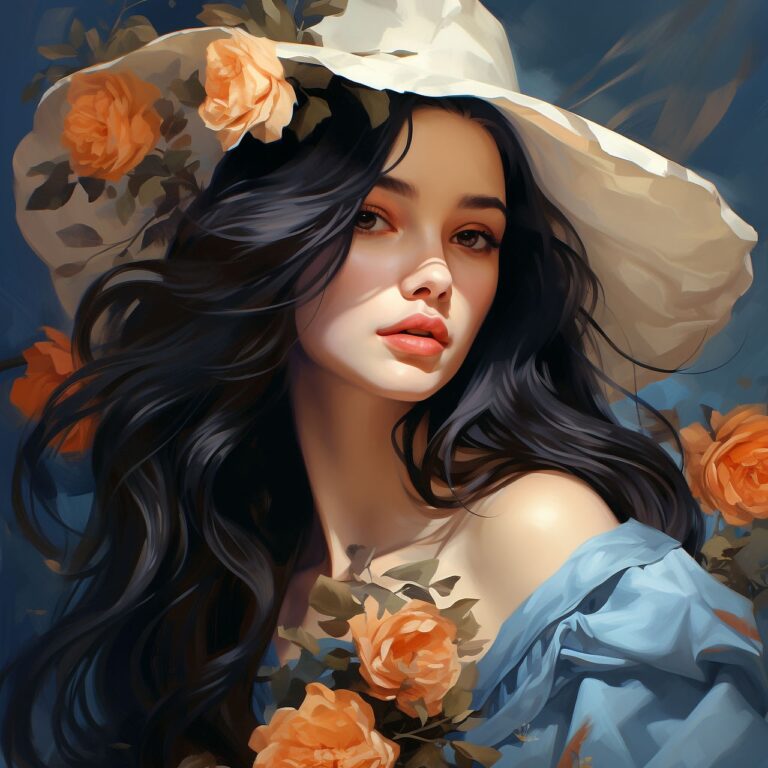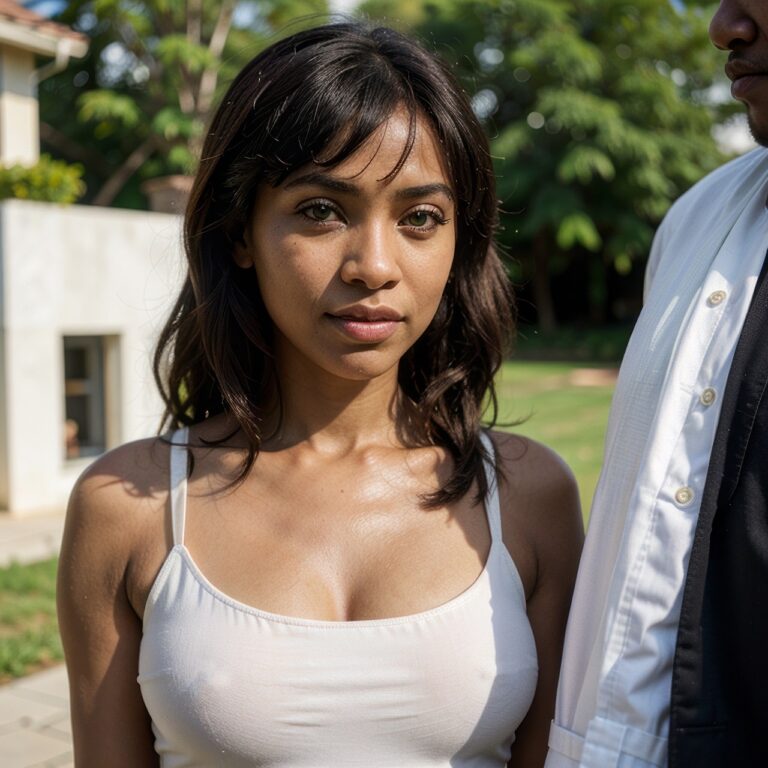Fashion Photography and Cinematography: Visual Storytelling Techniques 113: Sky247, Gold365 login, Gold 365 site sign up
sky247, gold365 login, gold 365 site sign up: Fashion photography and cinematography are powerful tools for visual storytelling. They allow creators to convey messages, evoke emotions, and inspire audiences through the art of imagery. In this article, we will explore some key techniques used in fashion photography and cinematography to create compelling visual narratives.
1. Lighting
Lighting is an essential element in fashion photography and cinematography. The way light is used can dramatically impact the mood and tone of a shot. Whether it’s soft and diffused light for a romantic feel or harsh, dramatic lighting for a more edgy look, the choice of lighting can make or break a scene.
2. Composition
Composition refers to how elements are arranged in a frame. In fashion photography and cinematography, composition is crucial for creating visually appealing images. The rule of thirds, leading lines, and framing are some common composition techniques used to guide the viewer’s eye and create dynamic visuals.
3. Color
Color plays a significant role in setting the tone and mood of a photograph or film. From bold and vibrant hues to muted and monochromatic tones, the choice of color can convey emotions and tell a story. Color grading is often used in cinematography to enhance the visual aesthetic and create a cohesive look.
4. Styling
Fashion photography and cinematography often involve styling elements such as clothing, accessories, and props. Styling can help to communicate a specific theme or concept, and enhance the overall visual impact of the image or scene. Attention to detail is key when it comes to styling for fashion shoots.
5. Location
The location of a shoot can greatly influence the mood and atmosphere of the final image or scene. Whether it’s a bustling city street, a serene beach, or a dreamy forest, the choice of location can add depth and context to the story being told. Creative use of locations can elevate the overall visual narrative.
6. Movement
In cinematography, movement can be used to create dynamic shots and engage the audience. Whether it’s a slow, graceful pan or a fast-paced tracking shot, movement adds energy and rhythm to a scene. Fashion films often incorporate movement to showcase the flow and texture of the clothing being featured.
FAQs
Q: What equipment is essential for fashion photography and cinematography?
A: Essential equipment includes a high-quality camera, lenses, lighting equipment, and props. For cinematography, a stabilizer or tripod is also crucial for steady shots.
Q: How can I improve my skills in fashion photography and cinematography?
A: Practice regularly, study the work of other photographers and filmmakers, and experiment with different techniques and styles. Networking with other creatives in the industry can also help you grow as a visual storyteller.
In conclusion, fashion photography and cinematography offer endless opportunities for creative expression and storytelling. By mastering key techniques such as lighting, composition, color, styling, location, and movement, creators can craft compelling visual narratives that captivate audiences and leave a lasting impression.

